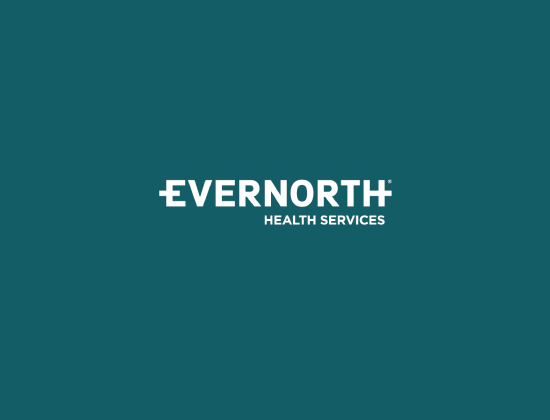When designing a plan for fertility benefits, focus should be placed on encouraging patients to stay on course during treatment cycles. Discontinuation rates for fertility treatment are high―between 46%-58%, even for those with health insurance that covers fertility treatment. In addition to causing stress, frustration, and disappointment, each interrupted IVF cycle can cost anywhere between $12,000 and $25,000 for medications, appointments, and procedures that can no longer be utilized for completion of a cycle.
Patients discontinue treatment for a variety of reasons, like their benefits running out mid-cycle, medications not being delivered on time, or experiencing a lack of support. A well-designed plan addresses those and other issues by supporting members, offering a comprehensive benefit and taking a cycle-based approach.
Support Members
Members undergoing fertility treatment need support, including access to user-friendly, clearly written member materials and behavioral and financial assistance.
-
Clear Member Materials – Well-designed materials help patients understand their benefit and answer questions about providers and appointments. Member stress and confusion can best be avoided when a dedicated support person can provide educational resources and guidance on scheduling and coverage.
-
Behavioral Support – Treatment for infertility can be extremely stressful. In fact, following an assessment in fertility clinics, up to 56% of women and 32% of men reported significant symptoms of depression, reinforcing the need for behavioral health resources like digital cognitive behavioral therapy.
-
Financial Support – Managing infertility can also be expensive. Members who pursue treatment without financial concerns tend to be more productive at work. In contrast, over the course of an 18 month period, members spend approximately 125 hours – or the equivalent of 15 days – seeking fertility care.
Offer a comprehensive fertility benefit
A well-designed fertility benefit is an important tool to help prevent patients from discontinuing treatment. A comprehensive benefit provides clinical expertise across both the medical benefit and pharmacy benefit and offers high-quality lab and provider networks.
In addition, a fertility-focused pharmacy can send patients all their medications in one package, and is equipped to provide emergency deliveries when needed for time-sensitive treatments. In fact, Freedom Fertility, an Evernorth fertility pharmacy, is said to have 50% of its orders ship within 24 hours.1
Overall, a comprehensive benefit leads to more cost-effective fertility decisions.
Take a fertility cycle-based approach to benefit design
Patients in a well-designed fertility benefit receive treatment in cycles. A cycle includes every step necessary for a round of treatment. This method allows treatments to adhere to the most up-to-date clinical guidelines.
Cycle management strategies are important for helping patients navigate multiple rounds of appropriate care within their benefits. With the average chance of taking home a baby with each IVF cycle being 30%, patients may try multiple rounds of treatment to become pregnant. Patients who hit a dollar amount or run out of coverage mid-cycle are at risk of discontinuing treatment, leading to wasted dollars.
A patient who discontinues treatment can feel frustrated and let down by their employer’s benefit plan. Studies show the top driver of employee satisfaction with a plan is its comprehensiveness. For the employer, a missed opportunity equates to wasted plan dollars and increased costs of subsequent treatment attempts.
Additionally, inadequate fertility coverage can lead to increased downstream costs stemming from hospital and high-risk maternity-related costs, which further emphasizes the need for a comprehensive, well-designed fertility benefit.
Originally published on 10/7/20 and updated on 4/12/23.
1 Freedom Fertility Pharmacy operations data, March, 2022.



